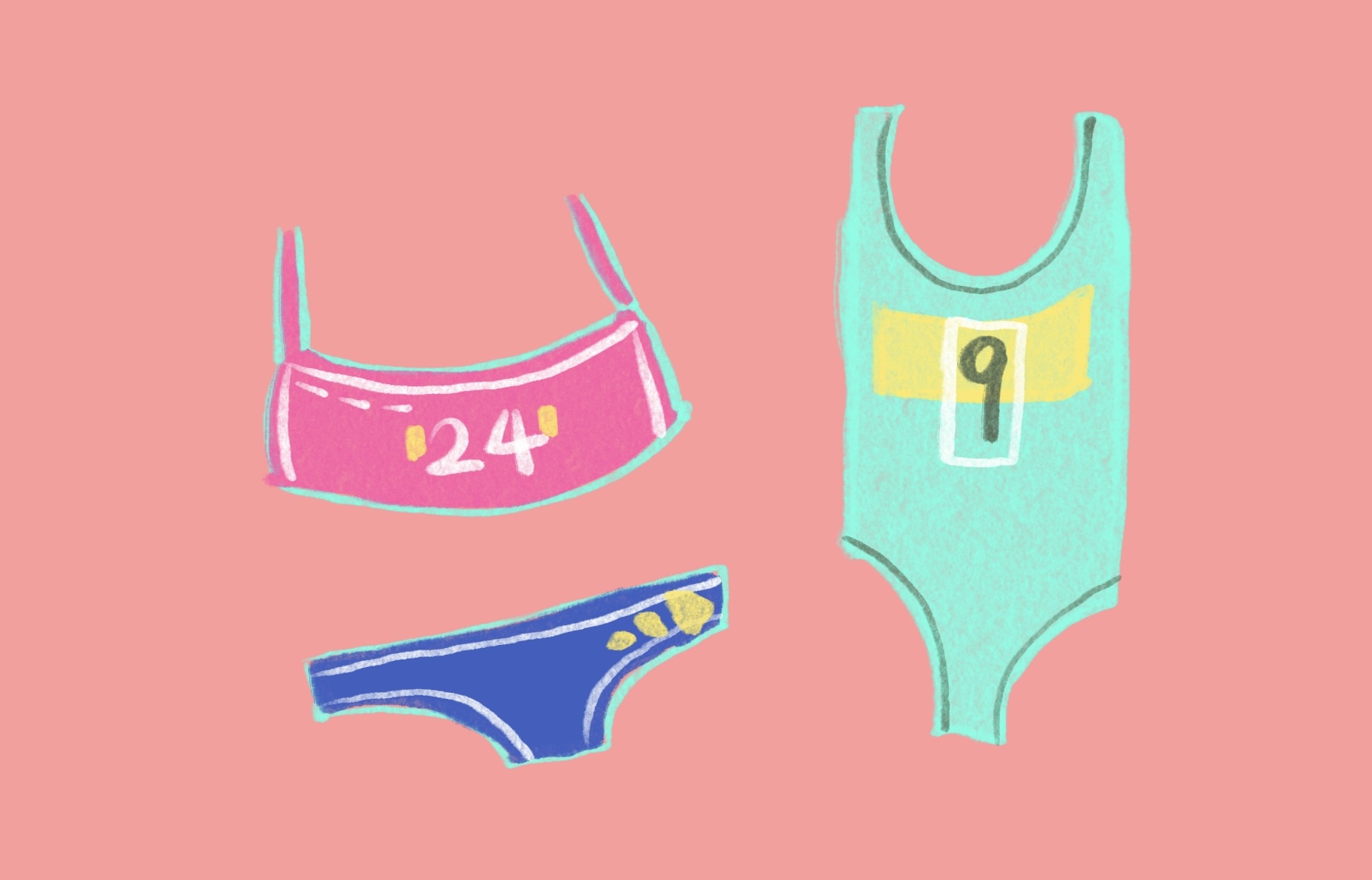Pretty over practical: The problem with women’s sports attire
Female athletes continue to endure gender norms that favor appearances over usefulness and undermine their confidence and performance.
You’re about to head to the gym on a chilly morning, taking the time to choose comfortable and practical activewear that will help you feel good during your workout. But what if you didn’t have that luxury?
Despite sports organizations such as the International Olympic Committee arguing for a reframed narrative, negative stereotypes around appearance are still present in the careers of many female athletes. While the gender gap in sports may be narrowing, gender norms still extend to virtually every aspect of sports and, most notably, to women’s attire.
Talented as they may be, female athletes are notably always expected to maintain a “hyper-feminine” image, rooted in patriarchy and unconcerned with their needs. Largely concerned with aesthetics or a “sexy” image to promote viewership, female sports attire remains inconvenient because it overemphasizes the importance of appearance rather than athletes’ physical well-being.
Social Media, Sponsorships, and Stereotypes
In a digital age, viewership extends far past live competitions, seeping into social media discourse and influencing sponsorship. For female athletes who have fought for their place in sports, sponsorship is essential, and physical distress is usually neglected in favour of higher ratings.
In 2011, the Badminton World Federation infamously forced female athletes to wear skirts or dresses because TV ratings were low, claiming this would help female athletes to better “market themselves.” Where male athletes were filmed for their remarkable plays, female athletes were filmed in the best angle for their bodies.
Oftentimes, such attention to appearance arises from implicit cultural expectations. For example, in gymnastics, while women have been breaking records in global championships, their leotards progressively become less functional. Leotards are increasingly designed without input from female athletes, leaving little to no coverage or comfort, with rare options to wear undergarments underneath.
Further, media discourse often surrounds the design of a leotard or the glitter in women’s makeup rather than their professional skills. Even when the athletes reject existing narratives or expectations, the media forces them into compliance.
For instance, beach handball is known for its low-cut bikinis, with mandates around how revealing they should be. However, in 2021, the Norwegian team was fined $1,700 after they opted to wear comfortable spandex shorts instead of the traditional bikini bottoms for the European Beach Handball Championship.
Similarly, shortly after her pregnancy and associated medical issues, Serena Williams wore a famous black catsuit for the 2018 French Open. To prevent blood clots despite menstruation, Williams went for a more functional option. Unfortunately, Tennis Federation President Bernad Giudicelli caused an uproar around the outfit, calling it unacceptable and disrespectful. Instead of respecting her bodily needs, Serena’s bold choice influenced the creation of an entirely new dress code that advanced female athletes’ discomfort.
The Cost of Beauty
While dress codes keep adhering to the “male gaze,” the lived realities of female athletes are plagued with mental struggles and body image issues. In a dynamic and stressful environment, clothing is confidence. Clothes makes the player by contributing to their pride, identity, and unity with their peers.
Discomfort can shake one’s mindset, withdrawing trust in one’s athletic abilities. Moreover, uniform’s form-fitting fabric or low-cut designs can perpetuate insecurity in young women. The desired body type that governing sports bodies or viewers dictate is often unachievable, and therefore, creates negative physical practices in women.
Comparing themselves to others, athletes compromise on performance in favor of beautification. They waste the mental resources required to retrieve sport-specific skills by worrying about their appearance. Alarmingly, a UK study surveying women over the age of 18 found that over 70 per cent of girls had dropped out of sports in school due to body image concerns.
What’s more, young girls aged 13-18 are also adversely affected by the lack of resources for their menstrual cycle. Even though performing with cramps is difficult enough, female athletes have the added stress of ensuring they are not leaking or staining their clothing.
Additionally, female athletes often feel like many of these topics are taboo, and may feel less confident to discuss the topic with their coaches. Their concerns, fatigue, and depressed moods are ignored by their team heads, leaving them without adequate support.
As more female athletes fight for their place in sports, they call for easily available hygiene products and breathable uniform material to support them through menstruation. Although it is ignored, menstruation is a real struggle, but it no longer needs to be negative.
Talks around accommodation and healthy support around such struggles are vital to further female involvement in sports. Progress will only ever follow when stereotypes around appearance are replaced with concerns about performance, comfort, and support.

